Just like how composition is very important in creating a good photograph, backgrounds are equally important while composing a good photograph.
When it comes to choosing backgrounds, you need to compose your shot in such a way that it does not distract the viewer but instead complements the image or adds meaning, depth and story to the image. Your use of background will set you apart from other photographers who do not use background effectively to compose an image.
Backgrounds can either make or break a photo. So, if you choose a dull and boring background or a busy background, even if you have a stunning subject, it is not going to help at all.
Backgrounds are elements that need to complement the subject and make the subject stand out or bring the viewer’s focus towards the subject.
So, when composing images, whether it is portraits, landscapes, travel, street, still life, and so on, look around and compose your image in such a way that you have a perfect background that you can use to compose a great shot.
This background needs to help capture the beauty of the place, needs to add life and meaning and create a three-dimensional feel, rather than a flat, lifeless image.
Do you feel that your images lack meaning, sense of depth or life?
What you need to know is, slightly changing the perspective, blurring out backgrounds or finding interesting colours and light will make for interesting and beautiful photographs.
Try these suggestions below and you will see your images transform from good to great!
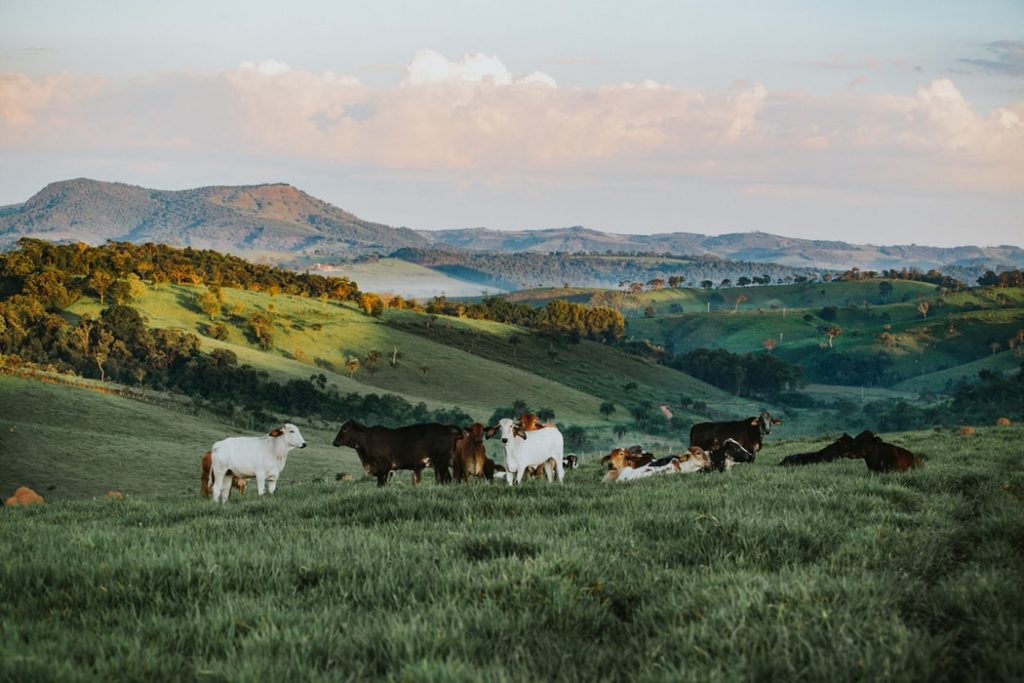
Here are some of the backgrounds that you need to keep an eye on, to compose a great shot:
Backgrounds that tell a story:
When framing subjects, look for elements around in the background including the sky and other elements like mountains that will help tell a story. For example, when photographing streets, environmental portraits, lifestyle images, travel photographs and similar images, you cannot create a story by making a close portrait of their face or, by having your subject against a plain meaningless background.
Instead, you need to have an impressive background of the environment that they live in or work in as it will add meaning and life to the image and this is very important in telling the story through a photograph.
The images that you see below, have backgrounds that tell the story of the farmer who herds sheep in the rough terrain, a carpenter and another worker. Without inclusion of backgrounds in these images, there would not be a story to tell through the photographs.
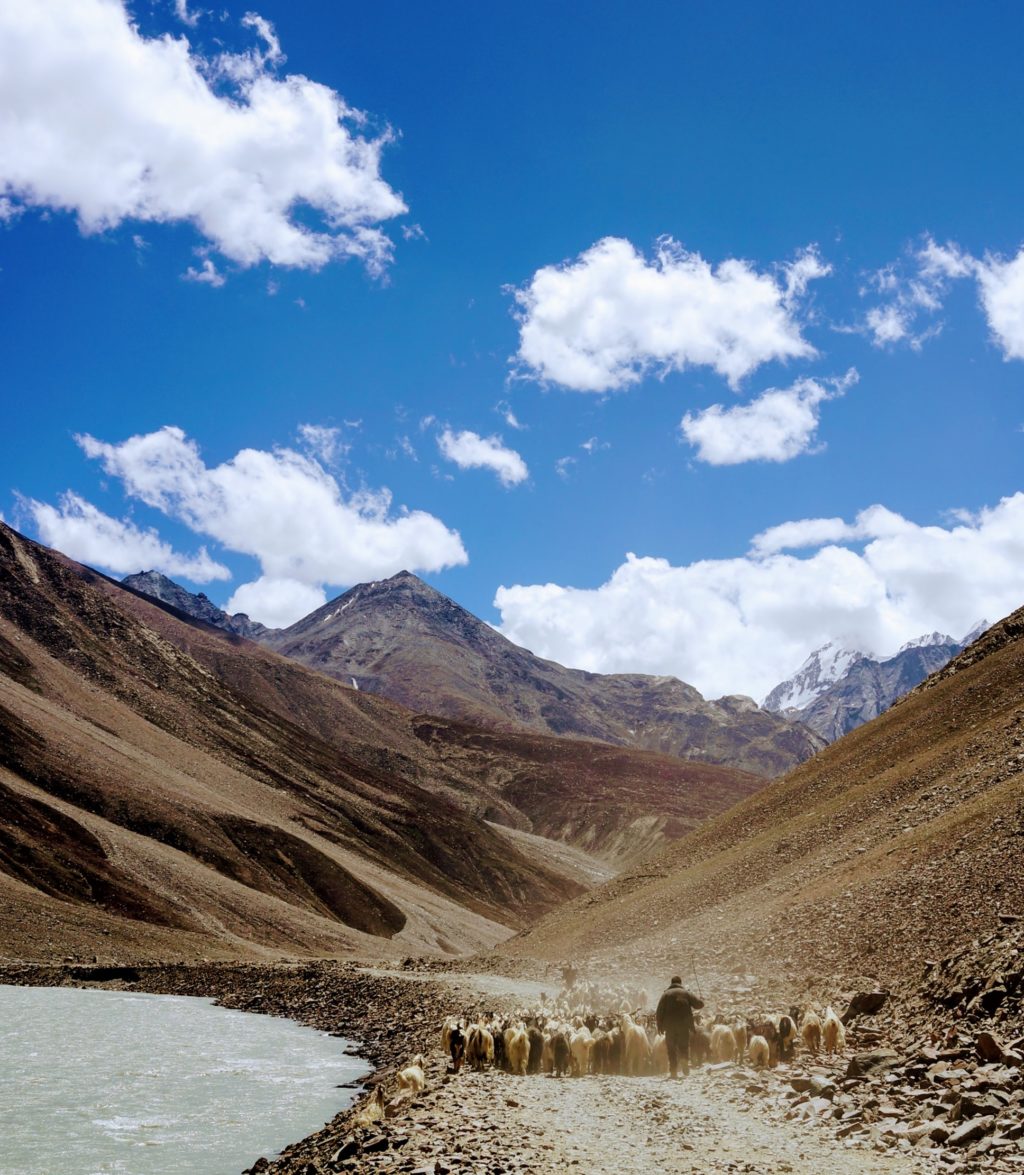
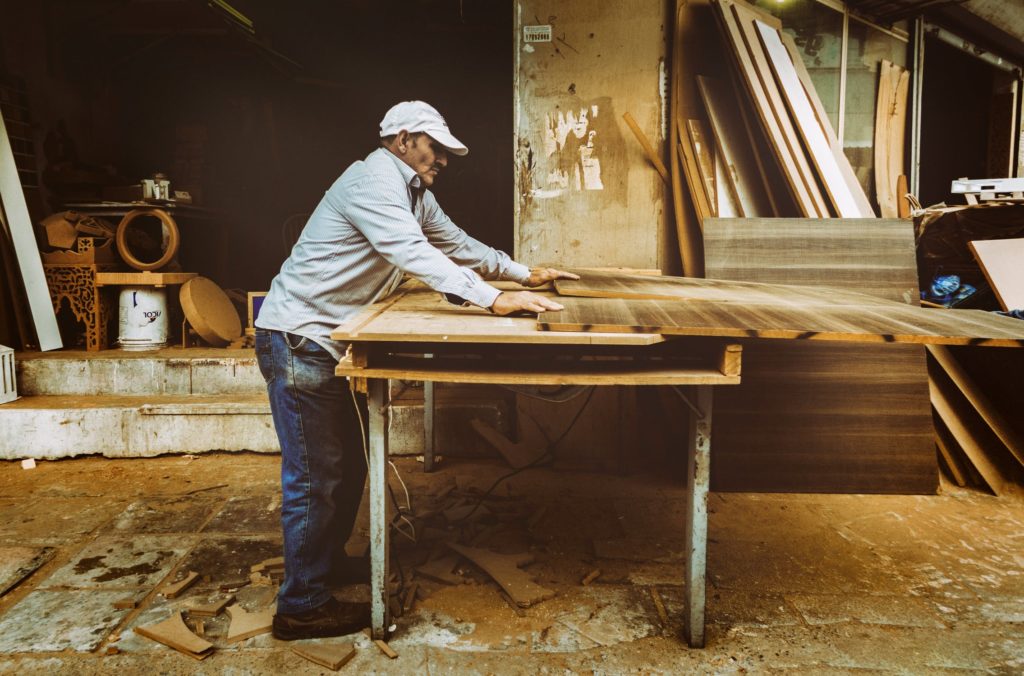
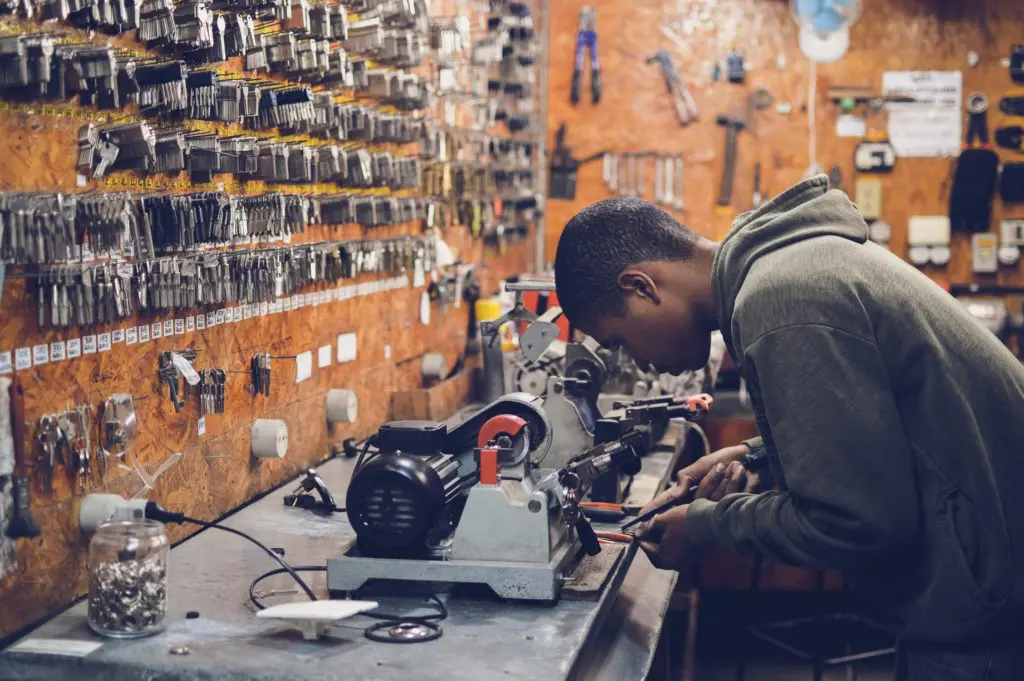
The images that are seen below have backgrounds that show fairs and celebrations.
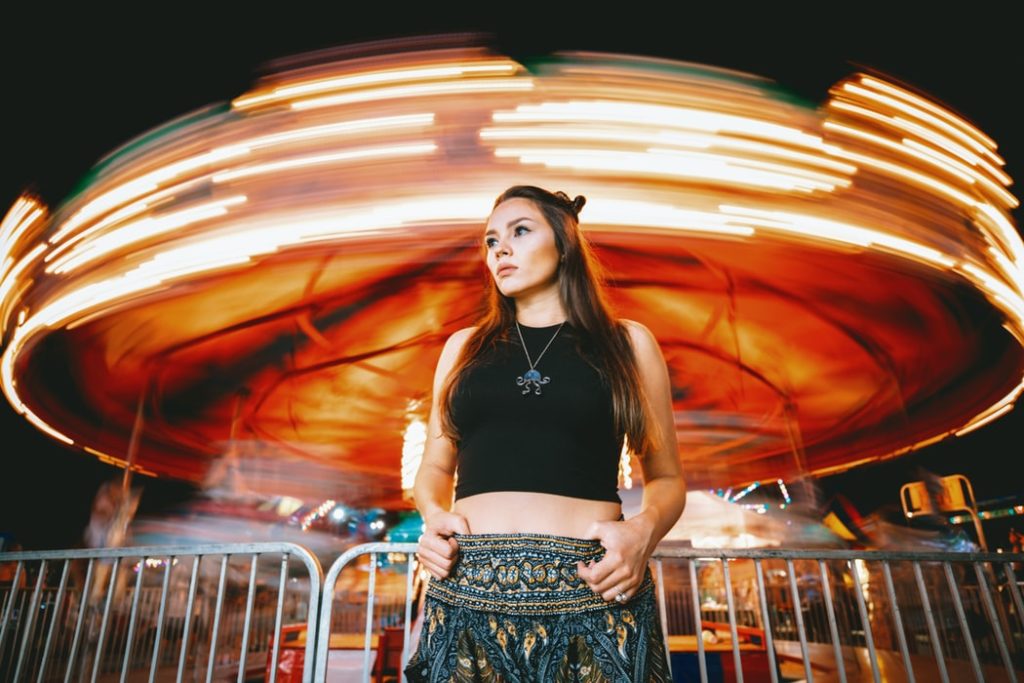
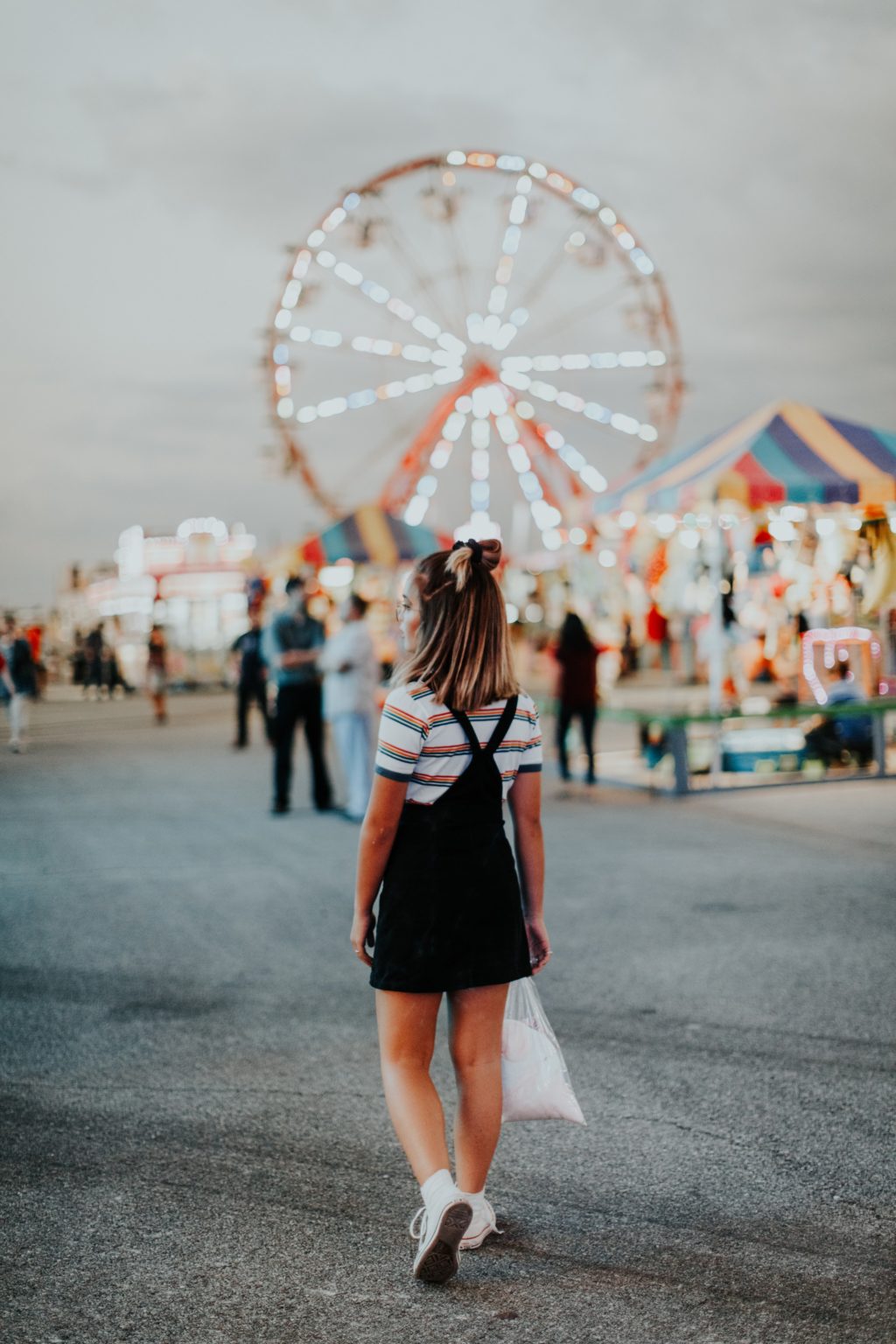
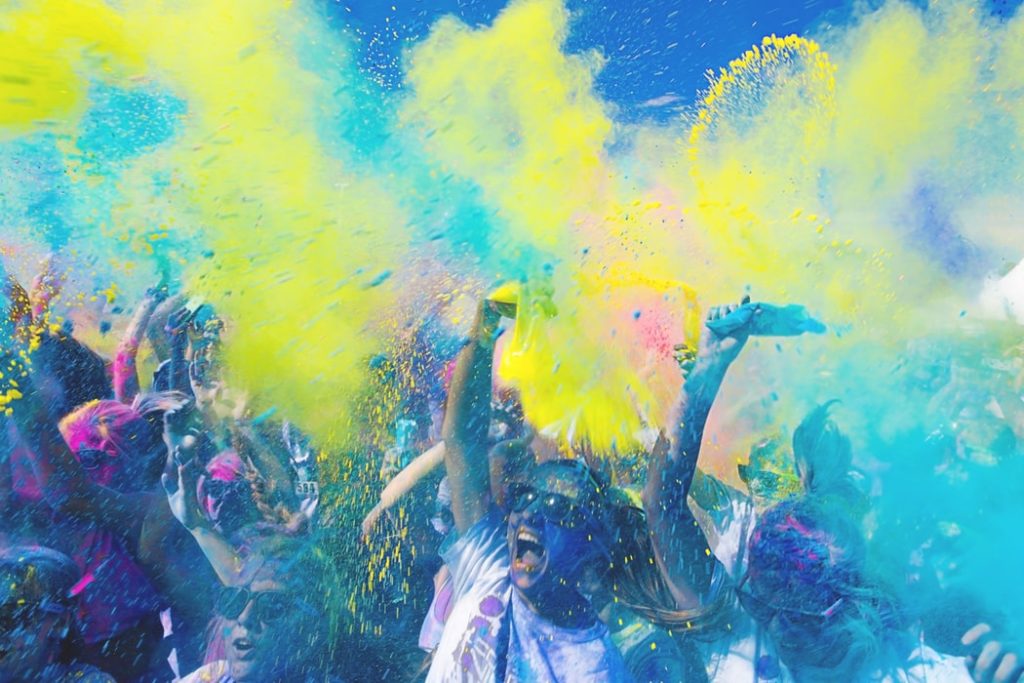
Backgrounds that Show Movement:
If you are looking to show movement of your subject or elements that are moving in the background, you will need to wisely choose camera settings and/or shutter speed to show movements in the images.
With the help of motion blur in the background, you are able to sense speed and movement in the image below.
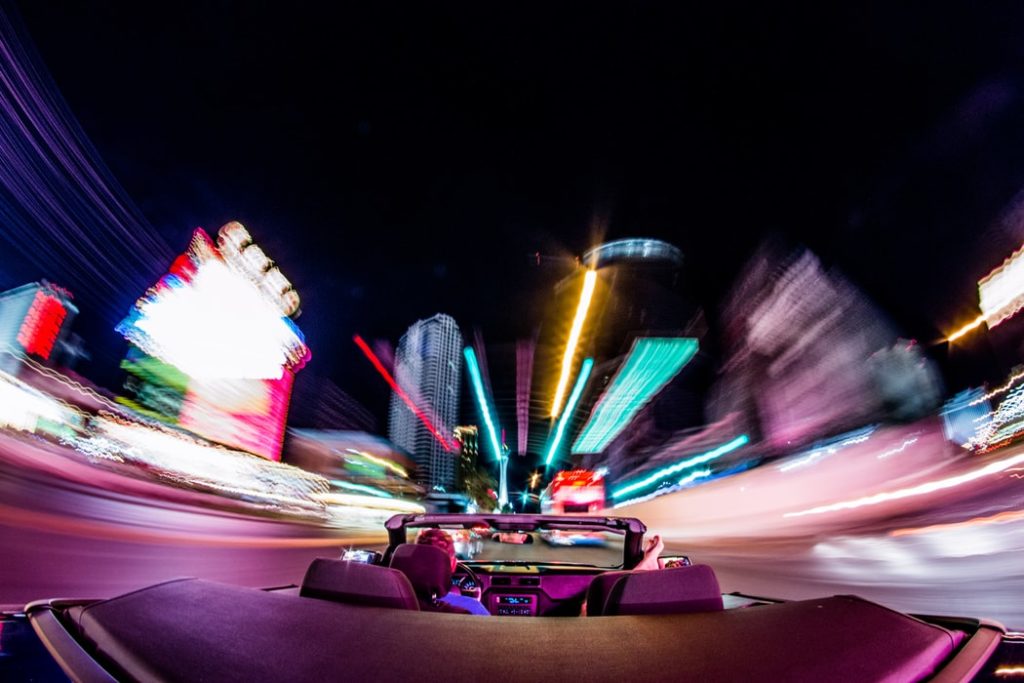
Although the image below has a static background, the movement of people captured in the image helps to show how busy the terminal is.
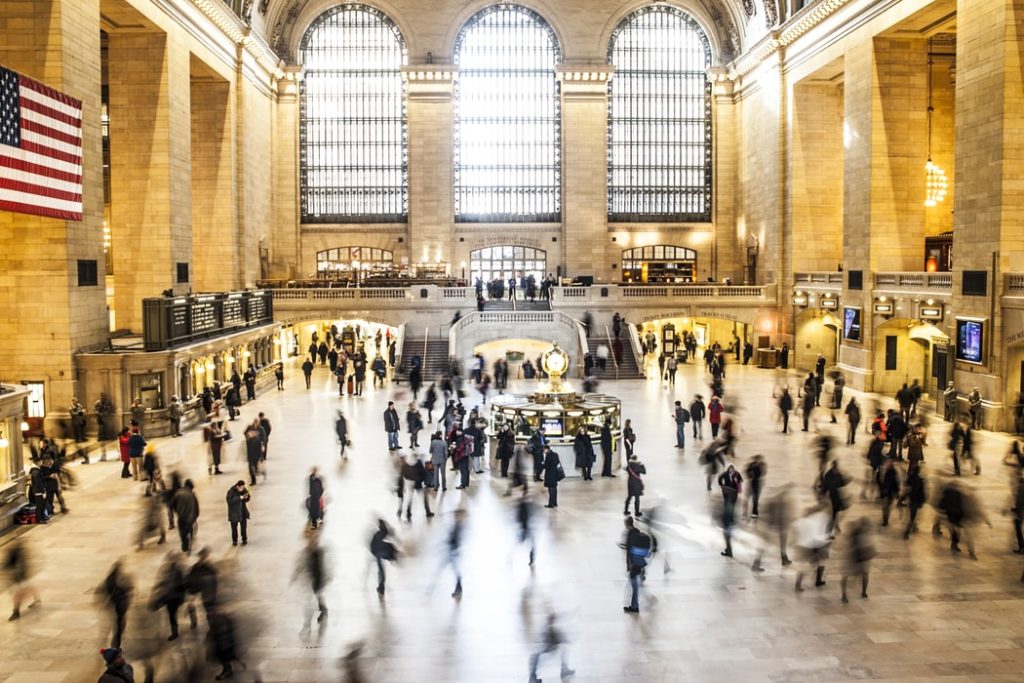
Backgrounds that have meaning:
When you are photographing still images or toy photography, you need to add elements in the scene or compose them with backgrounds that make the photograph look like it is a real scene.
Or for example, if you are photographing a cup of coffee, you need to choose a meaningful background to show the mood in the image. In situations like these, it is important to choose backgrounds that have meaning, in the sense, backgrounds that help you show what you intend to say through your photograph.
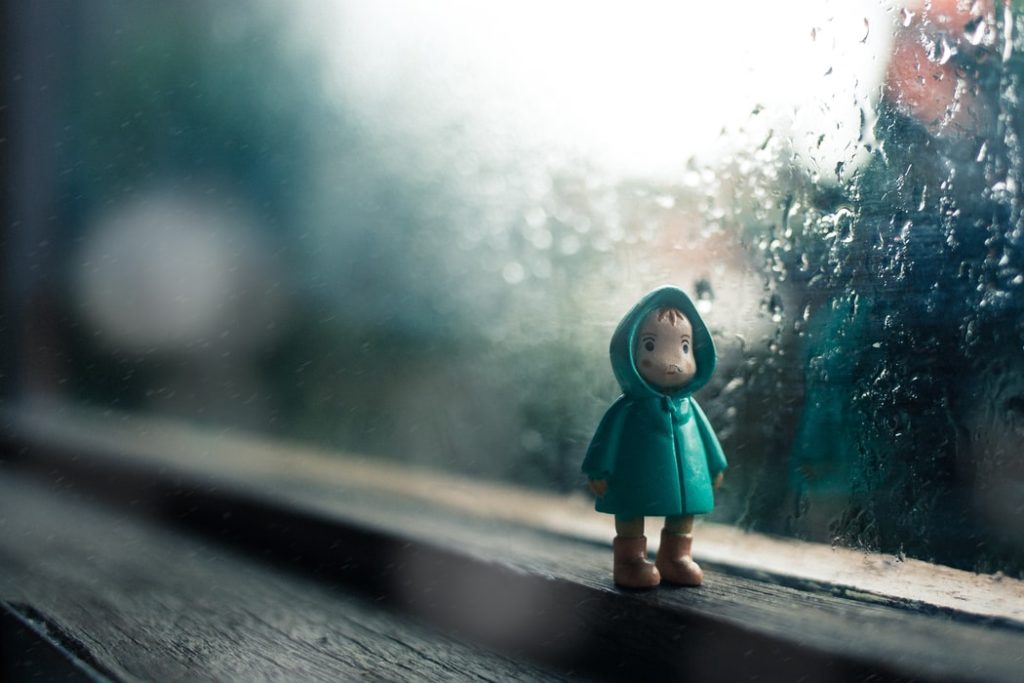
Backgrounds that produce a contrast:
Contrast can be created using colours, lights and shadows or size. Look for backgrounds that have contrast so that it helps the subject stand out. Contrasting backgrounds can be used to create dramatic images, so when shooting outdoors, look for naturally contrasty colours and if shooting in a studio, choose your backdrop wisely depending on the type of shoot, the costumes your subject is wearing, the purpose of the shoot, etc.
If you are confused about using colours that have contrast, take a look at the colour wheel and look at colours that are opposite to each other. Colours next to or close to each other do not have much contrast, but colours opposite to each other have huge contrast.
This will help with creating contrasting backgrounds that will help compose a beautiful image.
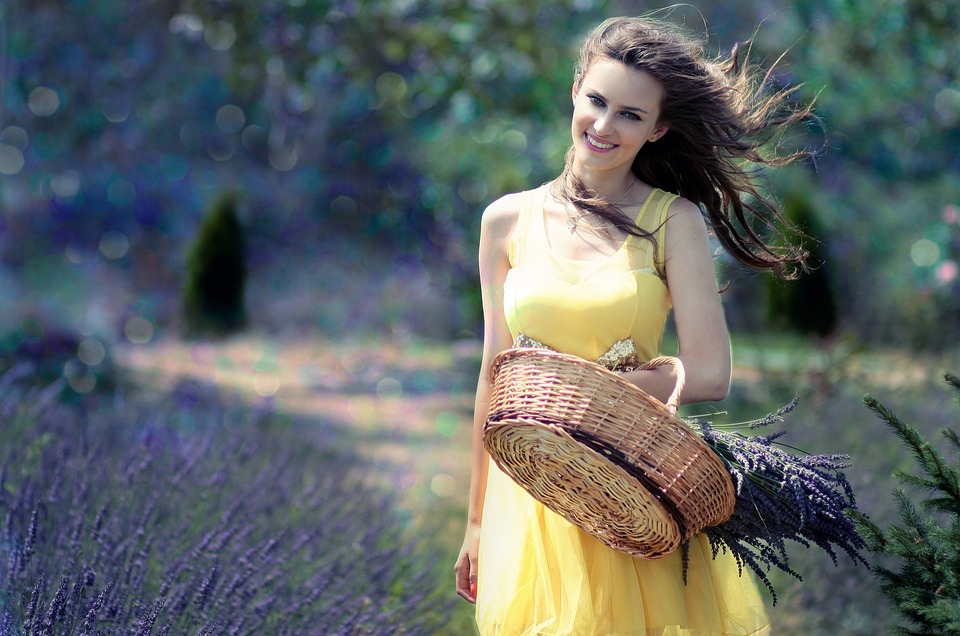
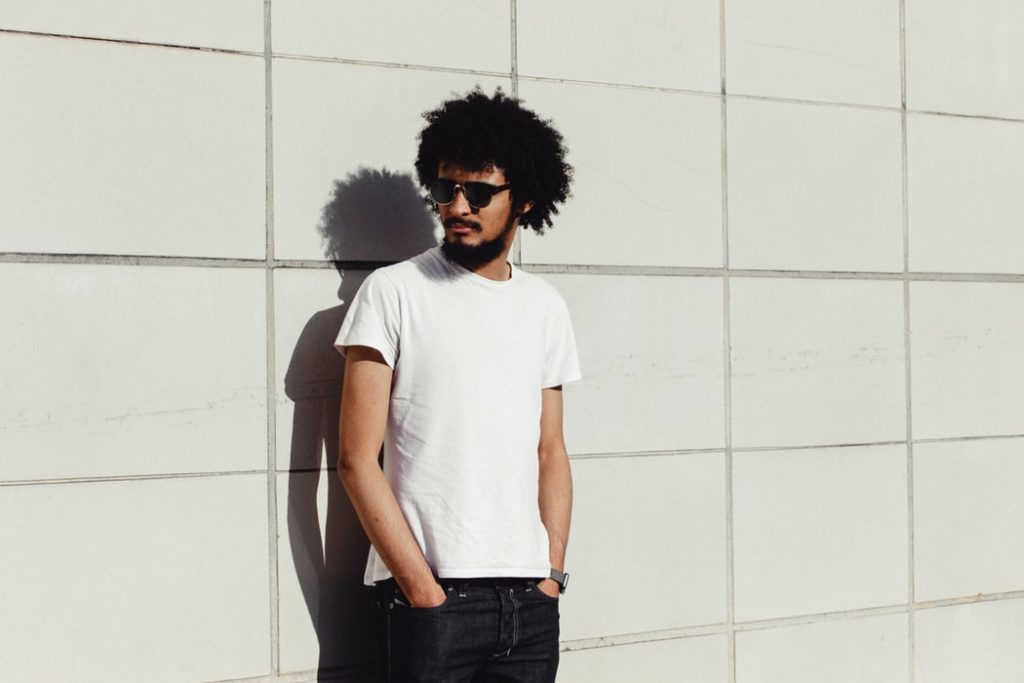
Backgrounds that have Leading Lines:
Leading lines are one of the compositional guidelines and they are not only used in foregrounds to lead a viewer’s eye to the subject. In fact, you can always watch out for lines in the background that lead the viewer’s eyes towards the subject. This way, the background works as a complementing element to keep the viewer’s eyes focused on the main subject without leaving the frame.
Examples of this could be composing portraits in front of brick walls or other backgrounds that have lines leading to the subject, or, backgrounds that have trees that act as perpendicular lines and become a perfect background. Look out for these lines as backgrounds, as they are found everywhere around you.

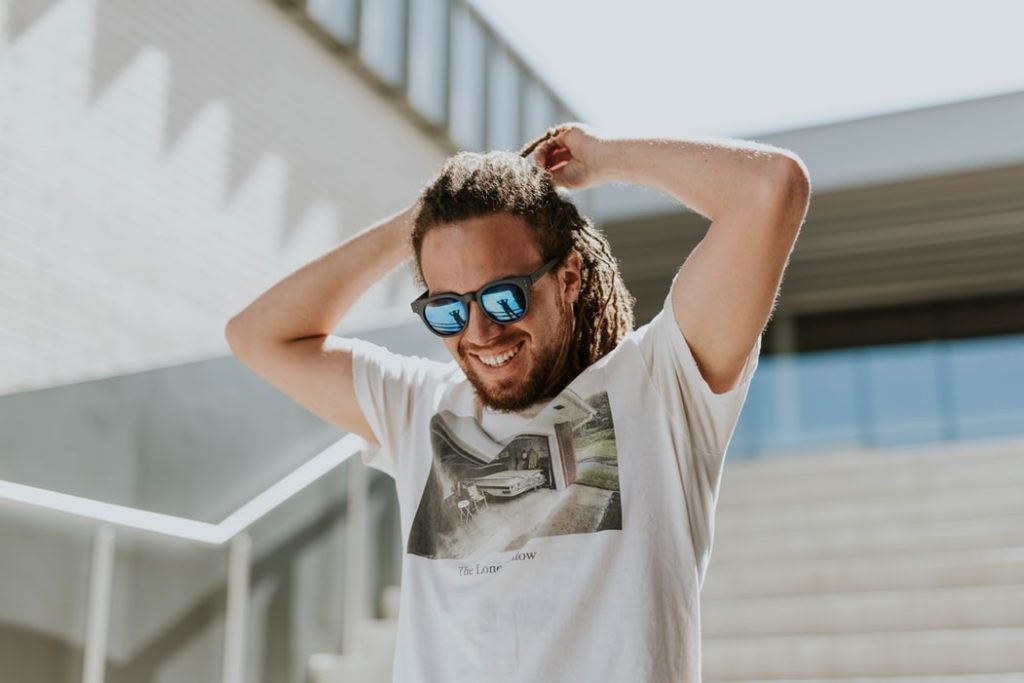
Backgrounds that show Symmetry:
Symmetry can be found in almost all places, natural or manmade. Symmetry in the background can help create eye-pleasing images. Symmetrical backgrounds can be used in two ways – one where you have the subject centred with pleasing symmetry on either side and second situation where you place your subject off the symmetry by creating a tension in the scene. Breaking the rules can help to create compelling images sometimes.
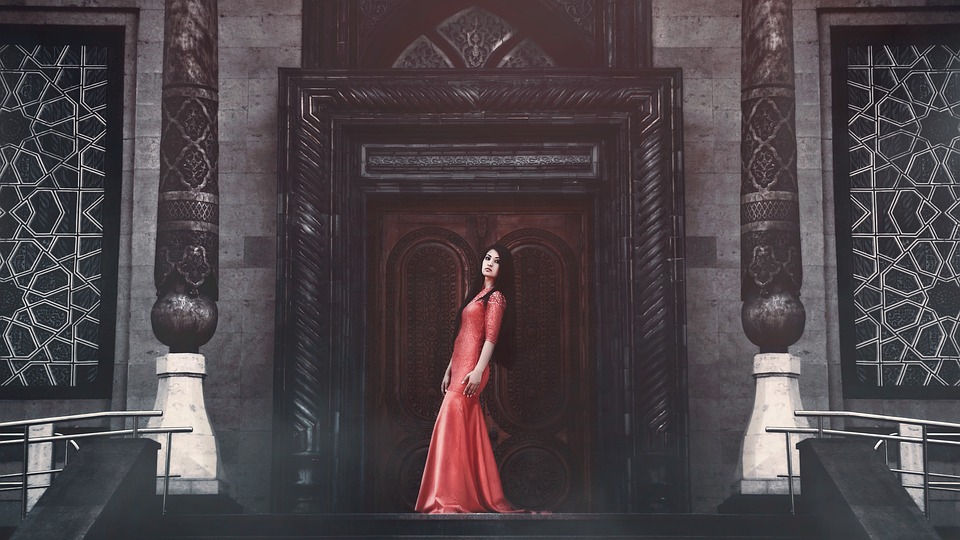
Backgrounds that have Patterns:
Patterns are a great way to add some interest to images. Patterns are found in nature and in places all around us like buildings, fences, etc. Make use of backgrounds that have interesting patterns to complement your subject and make the image as a whole interesting.

Backgrounds that are minimal:
Sometimes, you just want a background that is very minimal or simple so that you can have focus on just the subject and nothing around. These minimal backgrounds are used in still life images, product photography and in some studio portraits, where you just want to highlight your subject and nothing else.
Besides these, when shooting outdoors, when you shoot minimalist photographs, or when you are trying to show off the subject alone, you should choose backgrounds that are plain simple with no distractions.
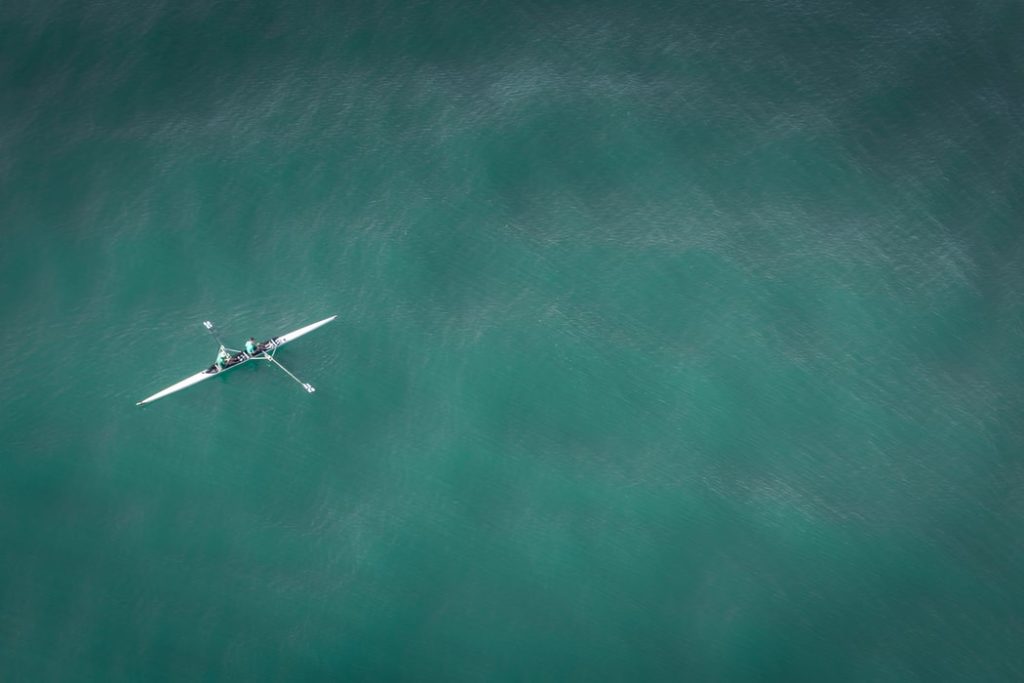
Backgrounds that form a frame:
Framing is not only done by the photographer in the camera. In nature or in areas where we photograph subjects, we can always find natural or man-made frames that can be used to frame your subjects. Look for backgrounds that have natural or man-made frames and use that to frame our subjects. This will draw the viewer's attention towards your subject naturally.
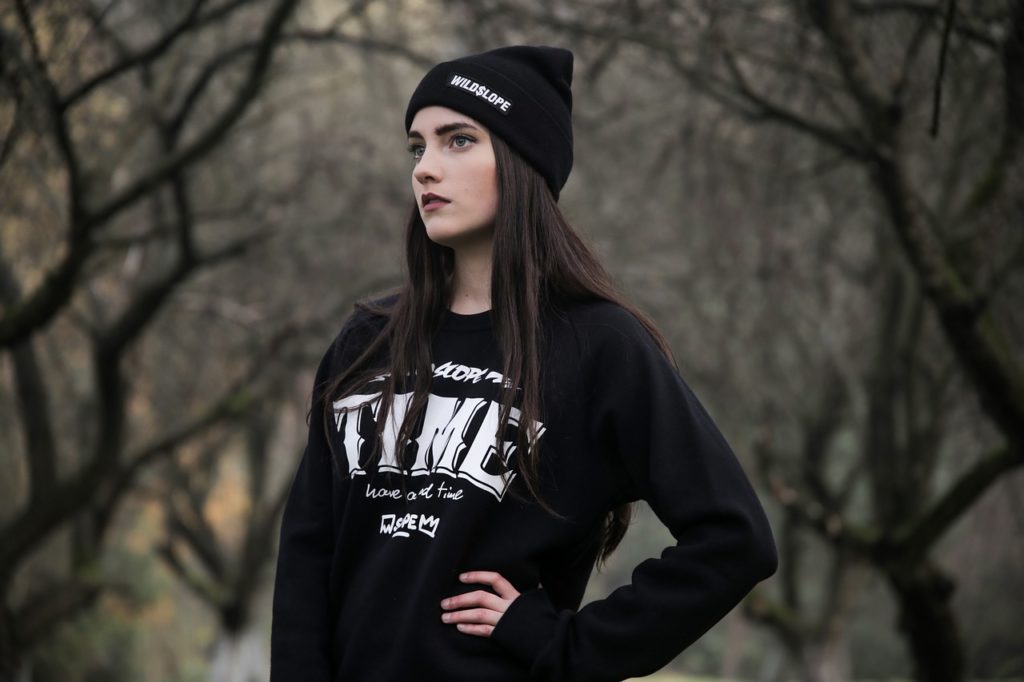
Backgrounds that have bokeh:
Bokeh is most photographers’ favourite and these add visual impact to an image and also helps to make the image stand out. Bokeh is nothing but the out of focus areas in an image. The softer and creamier the bokeh is, the more the subject stands out. Look for backgrounds that have interesting colours or features, so they add more interest to your subject.
Bokeh can be just a blurry smooth background, or bokeh created from light through leaves or bokeh from multiple light sources in the background, for example in nighttime images, light from city lights or during festival seasons, light from the decorative lights. In order to get the best bokeh, you will need to shoot at wider apertures and maintain quite some distance between the subject and the background. Wider the aperture, blurrier the background and more the space between subject and background, blurrier the background.
If you look at the images below, without blur in the background, the subjects would not have stood out as they do now. The images may have had busy and distracting backgrounds.
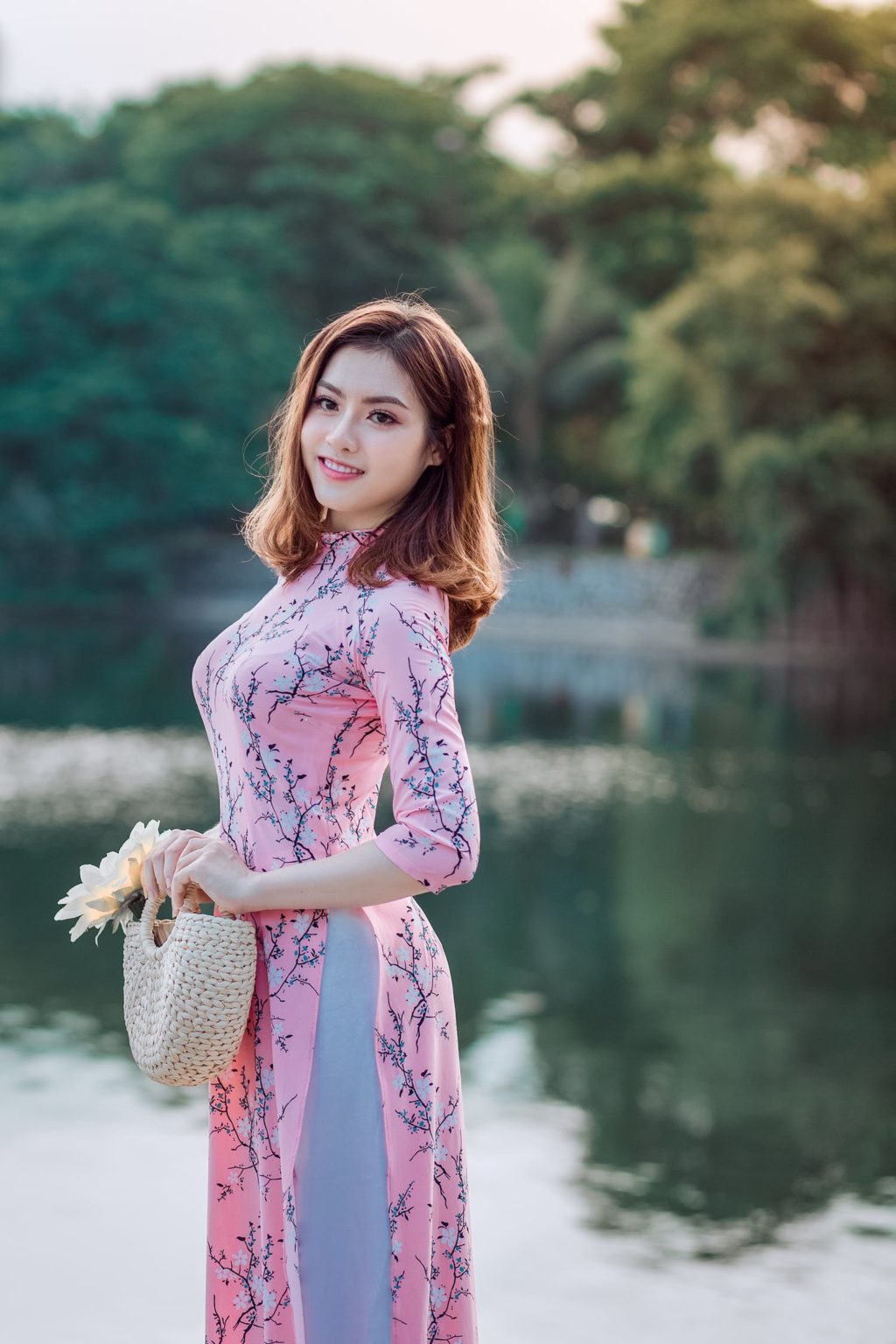
Backgrounds that show scale:
Sometimes your motive of taking a photograph would be to show the grandeur of a place which would be your background. In situations like these, place your subject against the background like mountains or a skyscraper and shoot from a perspective that shows the comparison of size between your subject and the background.
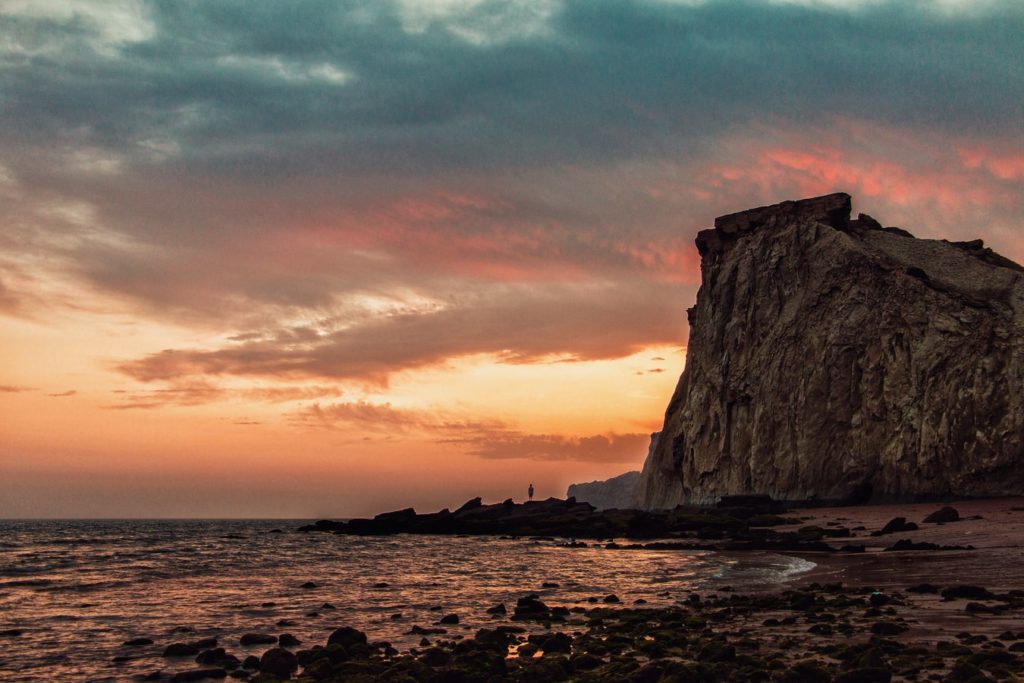
Backgrounds that have beautiful skies:
Beautiful skies are something that everyone loves and they add beauty to any scene or landscape that you capture. When composing your image outdoors, especially landscapes, flowers, or something similar, look for beautiful skies with interesting clouds as backgrounds so they add more visual interest to your image. Like we have discussed before, the golden hour is one of the best times, but besides that, the blue hour can yield a purple or deep blue sky as the background.
If you are shooting at times during the day in between the golden hour, you may find the sky totally boring with no colours or details. Make use of a circular polarising filter in this situation to bring some colour to the sky. Bear in mind, you need to have the sun to your left or right at 90 degrees for the filter to give the best results.
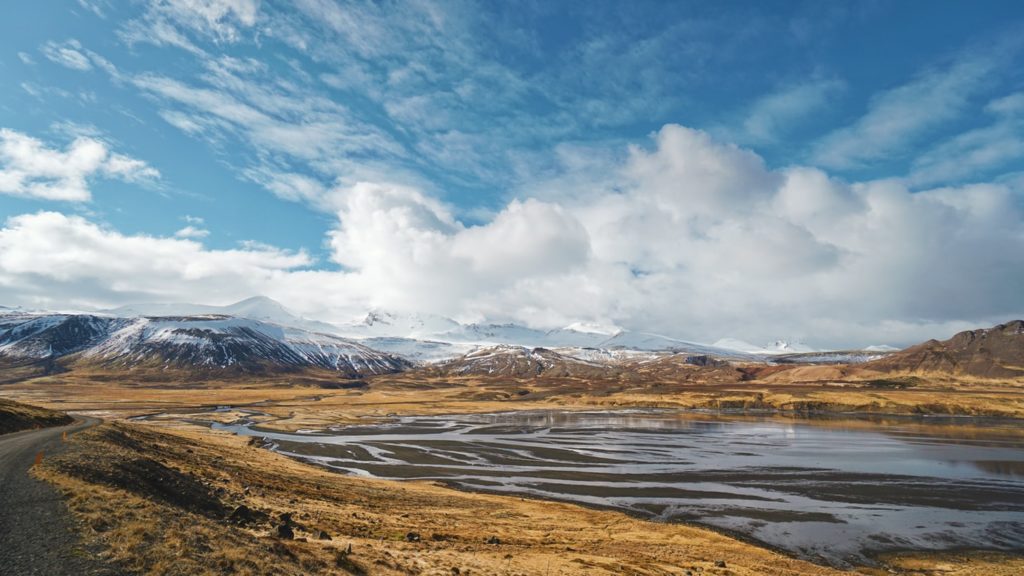
Backgrounds with beautiful colours:
When composing your photograph, make sure you look for backgrounds that have beautiful colours that make the subject stand out. When shooting landscapes, beautiful skies with beautiful sunrise, or sunset, colours look better than pale washed out skies. Similarly, when photographing portraits, natural bright colours of flowers and leaves look better than a plain, dull and boring background.
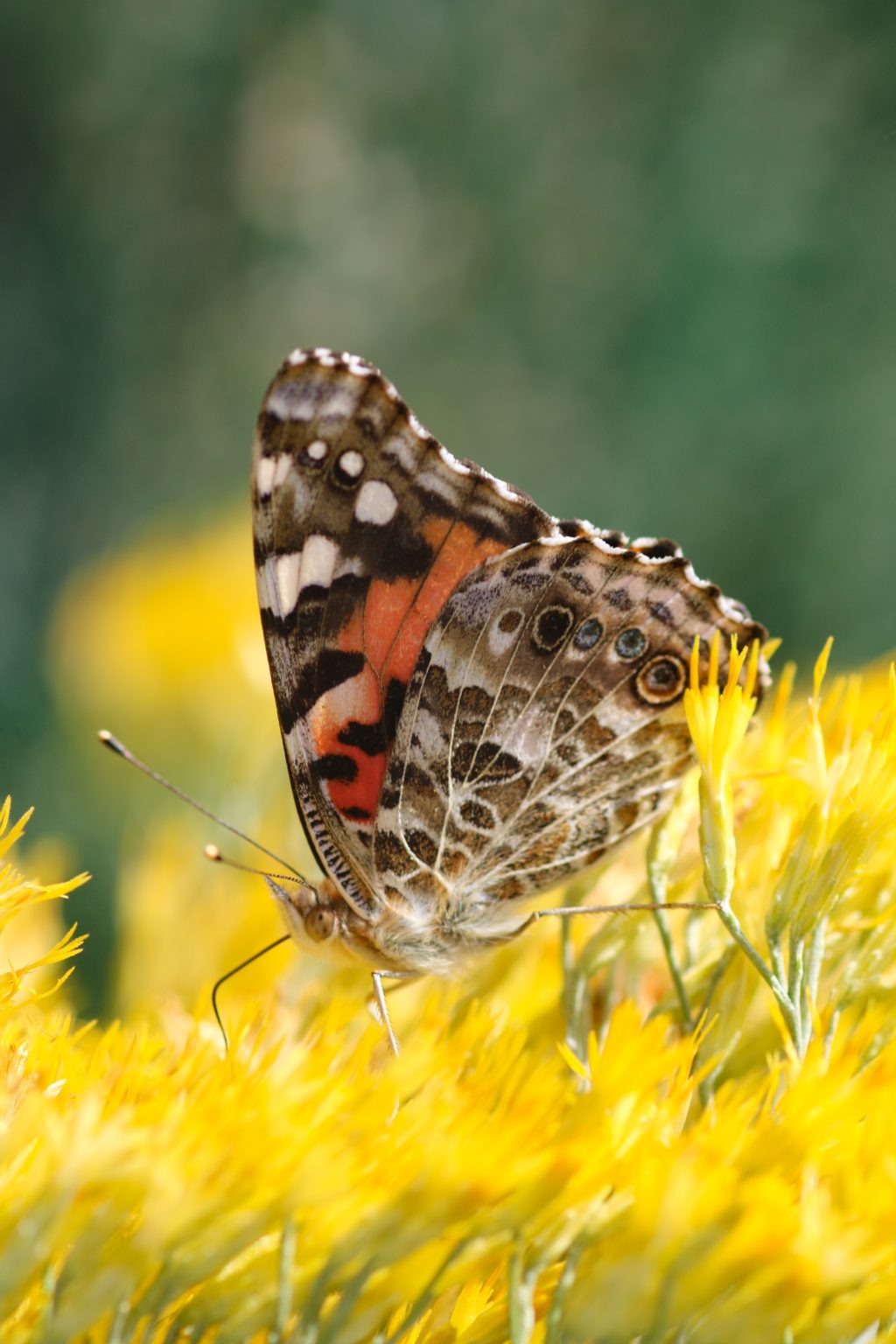
Backgrounds that are Sunlit:
We all know that the best time to shoot outdoors is the golden hour which is an hour after sunrise and an hour before sunset and is a time to shoot some happy and cheerful images. If you are shooting portraits, the golden sunlight will help create a golden hue in the background and also helps add rim light that will help the subject stand out.
If you are shooting flowers, it is a time when the golden light will accentuate the beauty of the flowers and provide a beautiful golden background. When shooting landscapes, this is the time when the clouds and the sky have a golden, orange or red hue depending on the elevation of the sun from the horizon and gives rise to dramatic backgrounds.
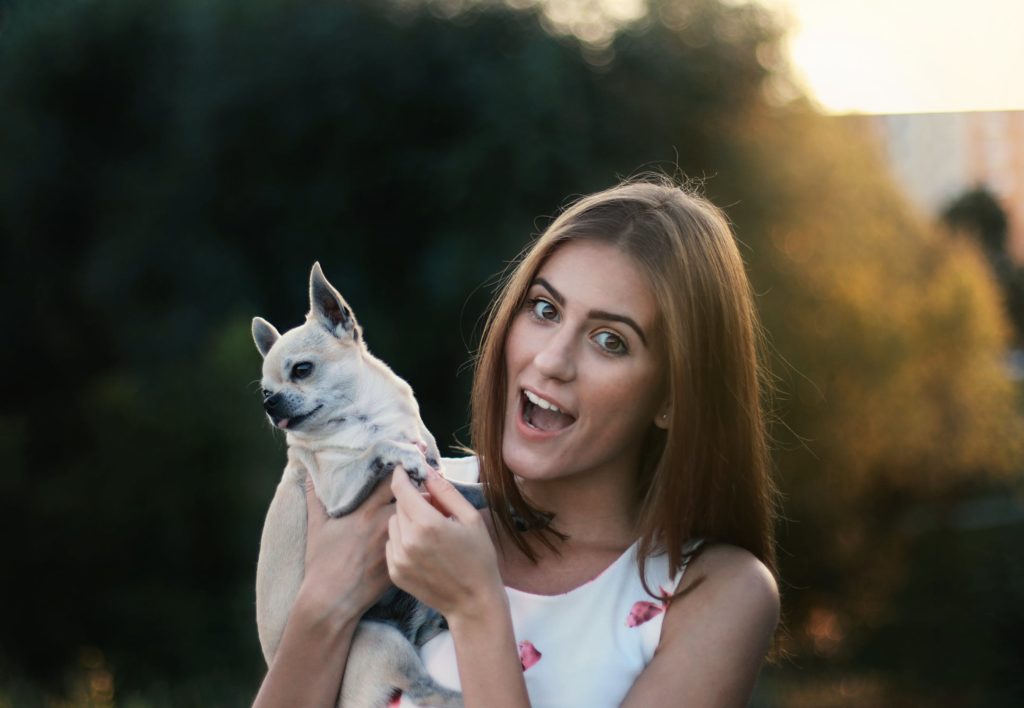
Backgrounds that are moody:
Just like how sunlit backgrounds are the best to shoot happy and cheerful images, moody backgrounds are the best to show emotions like sadness, moody, cold, etc. When shooting your subject, depending on what emotions you are looking to capture in your photographs, choose the right background. Do not be put off by foggy weather as these are the best times when one can photograph a certain mood which is just not possible on sunny days.
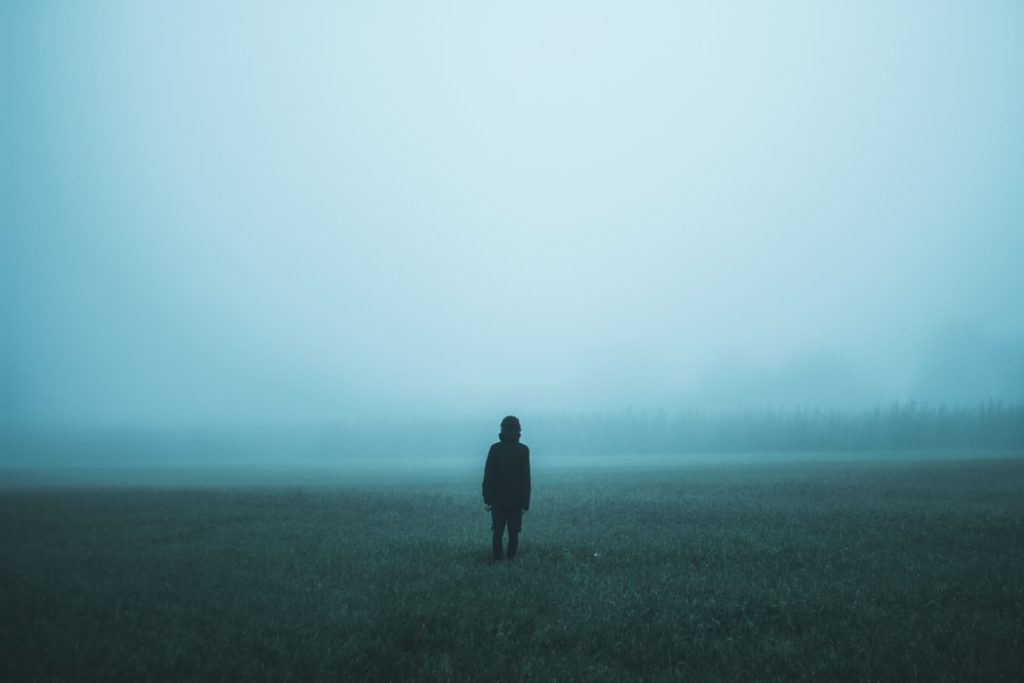
Backgrounds that show balance:
When composing a photograph, if you have a subject that looks quite dominant in the frame, you will want to choose a background that has elements that can compensate for the dominant features, so that the tension is eased and a balance is created. The balance can be maintained with size, colours, contrast or even light and shadows.
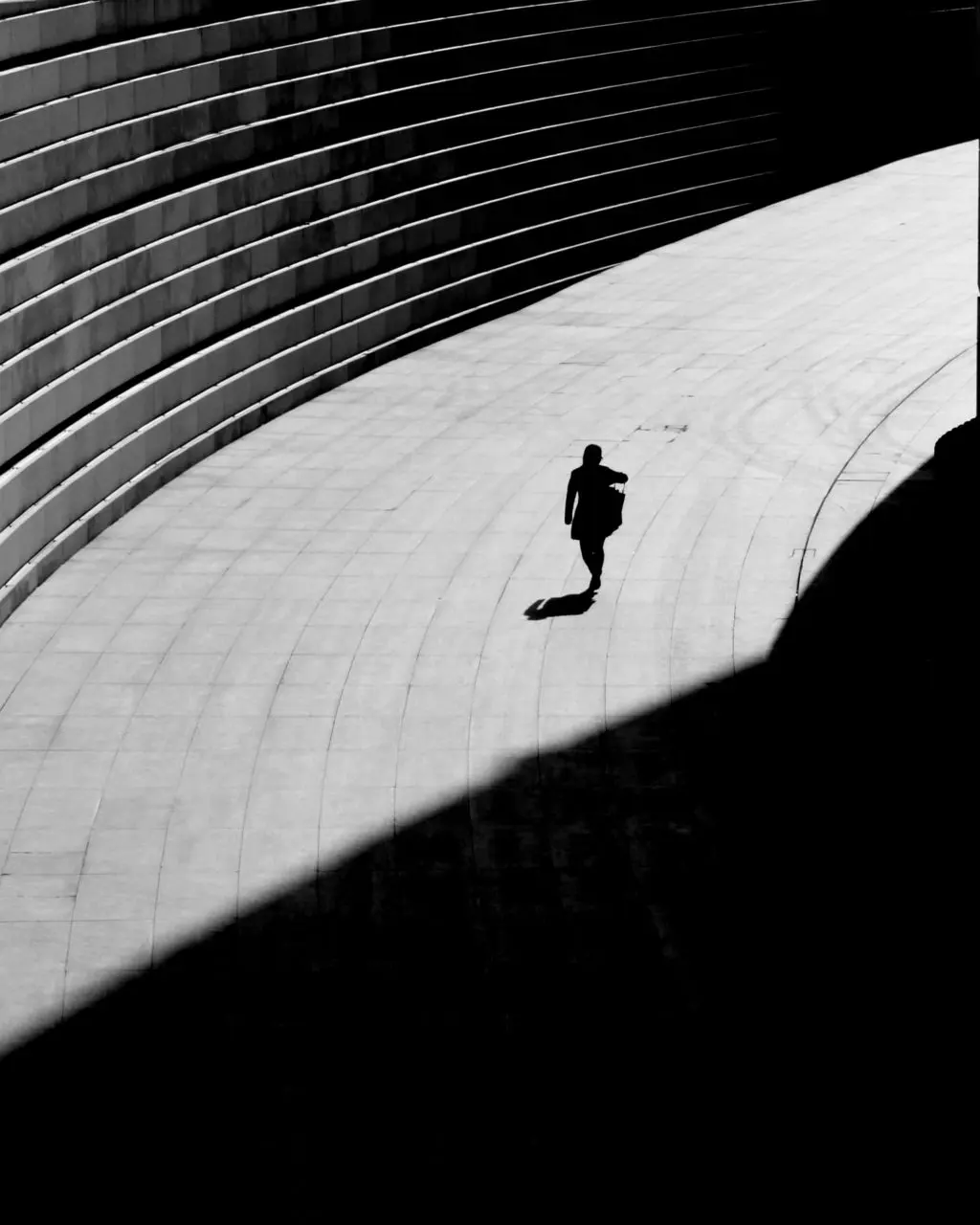
Backgrounds that show depth:
The medium of photography is two dimensional and as a result, you need to compose your images with backgrounds that give a three-dimensional feel to the image.
How is that possible?
You need to choose the background carefully so that you can show depth in the image. Besides your subject in the foreground, you carefully choose a middle ground and background that complement the subject and at the same time add depth to the image.
If your subject is in the middle ground, make sure you add foreground and background elements to show depth in the image. Shadows are also another way to show depth in images.
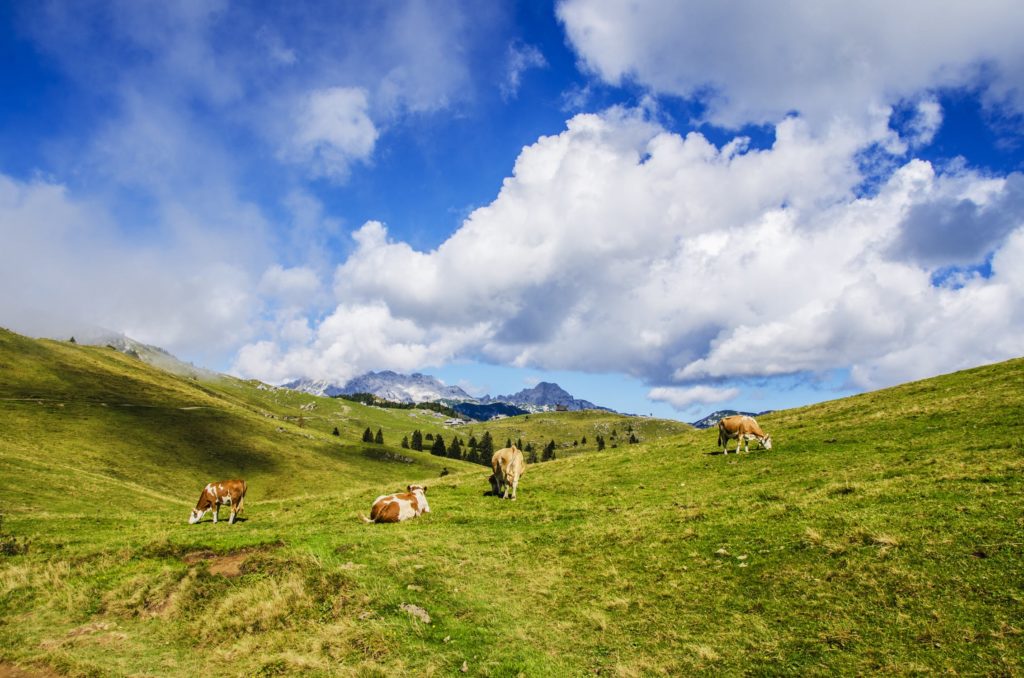
Backgrounds that overlap:
This is very similar to showing depth in images to make the two-dimensional images look three dimensional. You can use overlapping backgrounds where one object is partially obscured by another one and thereby show depth to the viewer.
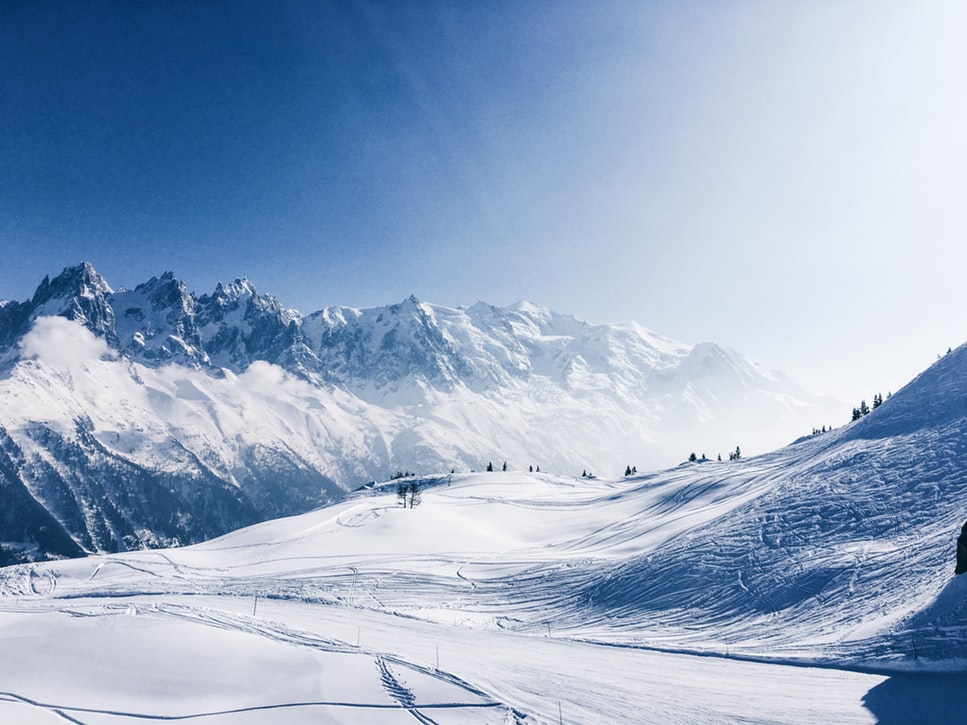
Backgrounds that complement the subject:
Looking at all the discussions above with regards to choosing backgrounds, you can see that backgrounds are wisely chosen to complement the main subject that you are photographing irrespective of the type of background.
Complementing the subject could be thorough use of colours, meaningful backgrounds, contrast, light, skies, foliage, patterns, lines, etc. Whatever you choose as background, make sure that it makes your subject stand out and makes your photograph look great.
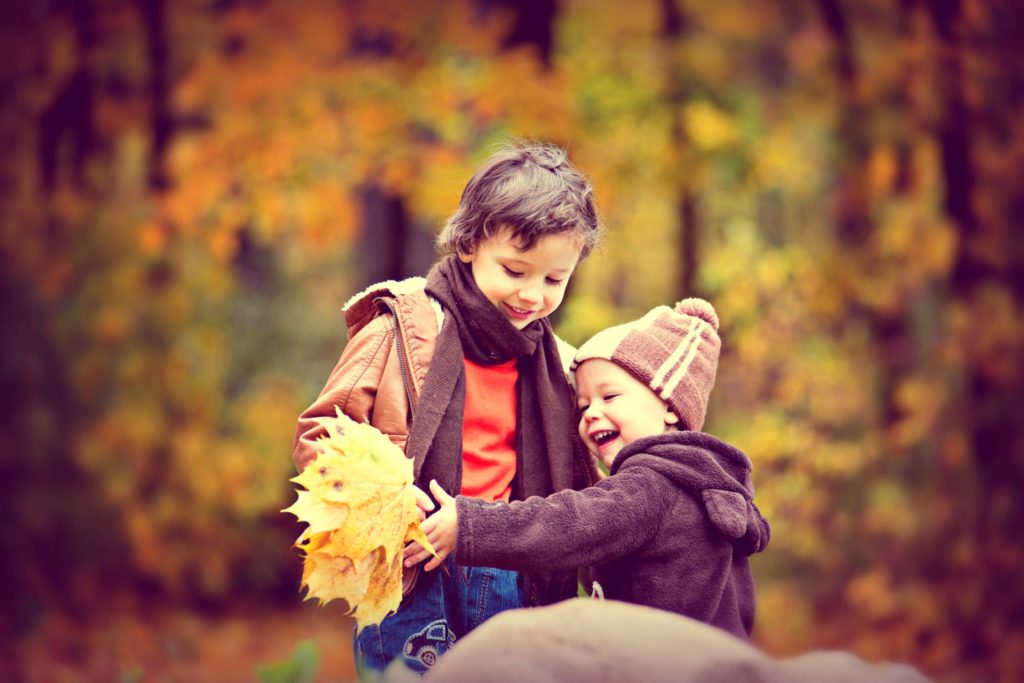
Backgrounds that help Create Silhouette:
Silhouettes are a great way to show drama, mood, mystery and story in a picture. In order to create silhouettes, you need to carefully choose a background that is illuminated and has some interesting elements to focus on. Silhouettes can be created using sunlight in the background or with the help of artificial lights.
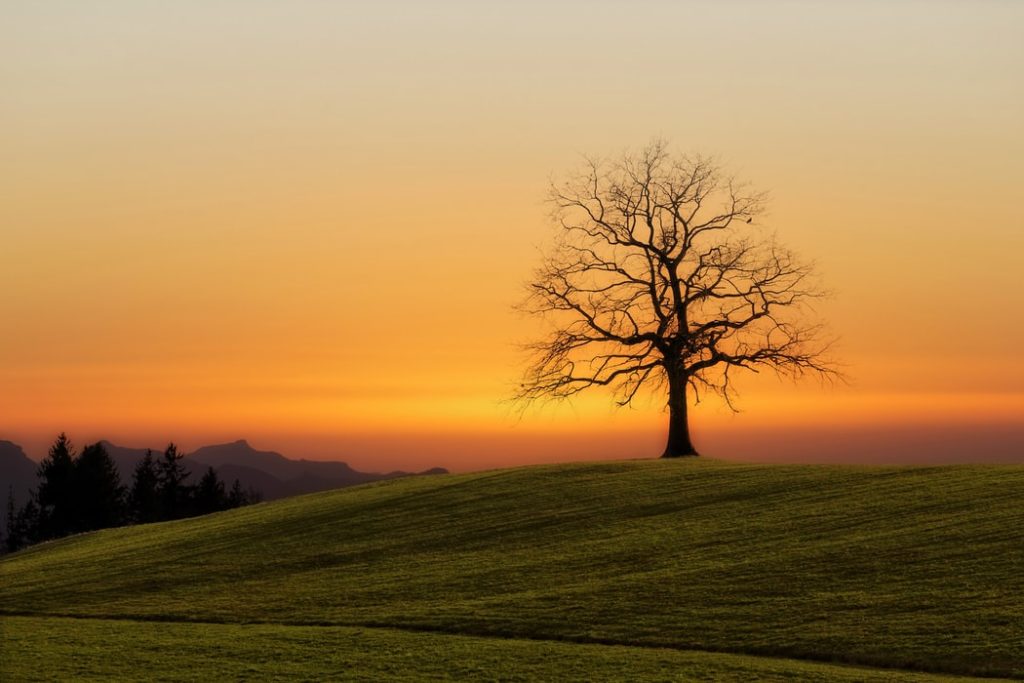
In general, if you look at the above suggestions, it is pretty much the same that we would look at in terms of composition as well. Backgrounds are an important element that helps with composing an image and ones that portray mood and story of the image.
Without a good background, images would be rather boring and lifeless. Look at all the images that we see here in this article. Without the elements of background, these images would look boring with no meaning at all. When you get out to shoot the next time, move around and find a perspective and background that looks the best for the story you are trying to tell.
Shareable Images for Pinterest
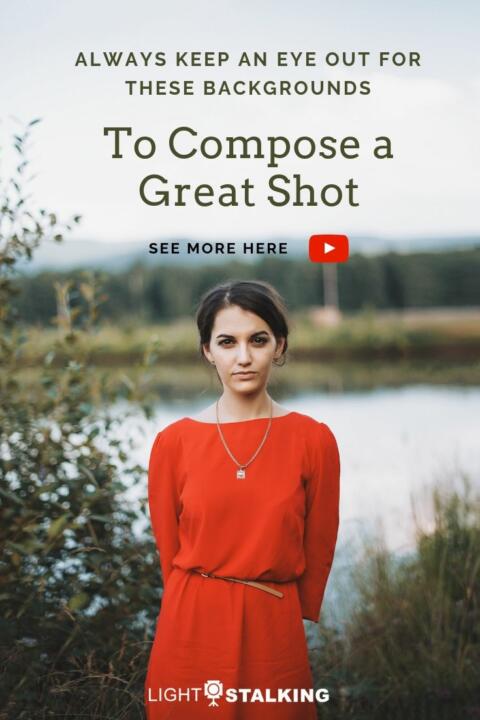
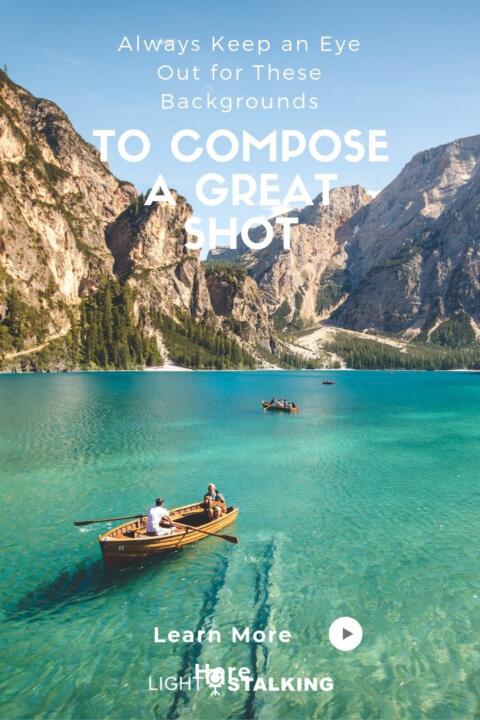
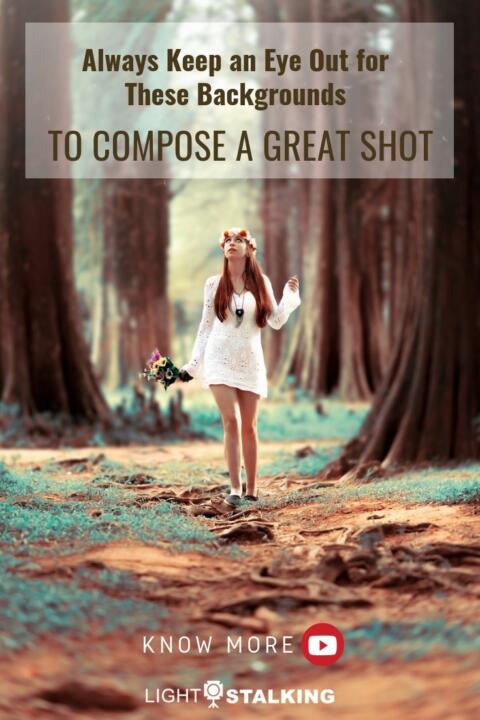
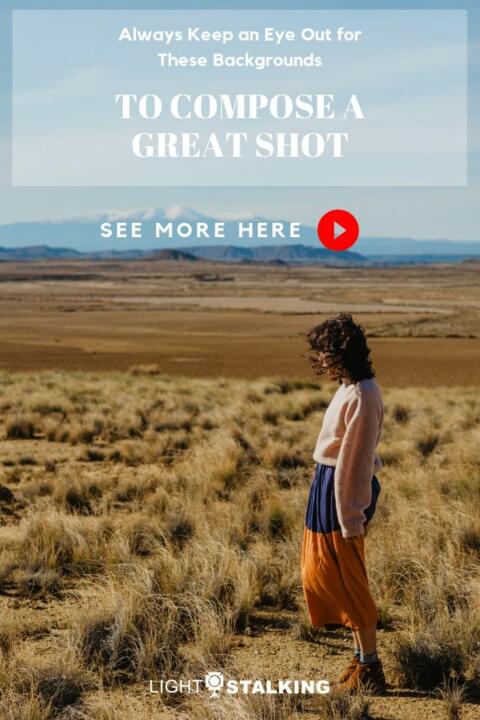
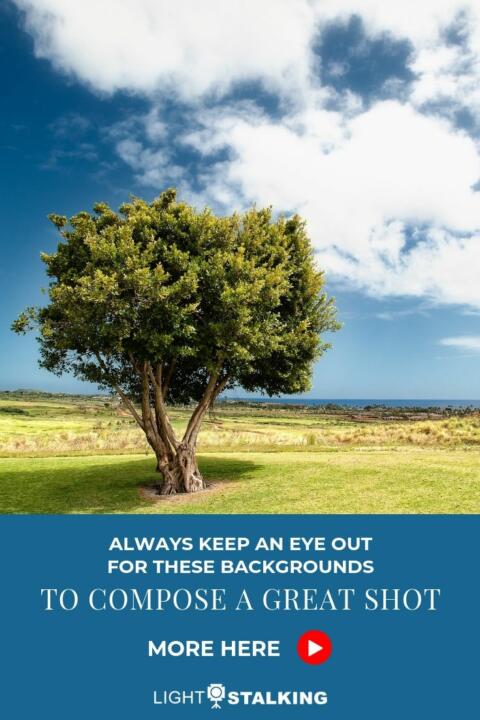
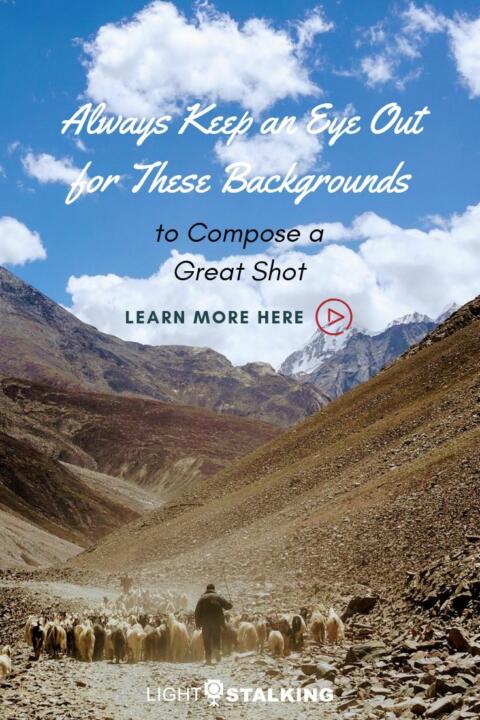
Further Resources:
- Quick Tip: Getting Your Backgrounds Blurry
- 7 Time Tested Solutions For Better Backgrounds in Your Photos
- How to Get a Blurry Background in Your Photos: A 5 Minute Bokeh Tutorial
- Start Remembering the Background To Enhance Your Photos – Here’s How
- Bite Size Tips: How To Get A Blurry Background In Your Portrait Photos
- 3 Ways To Deal With Distracting Backgrounds in Your Photographs



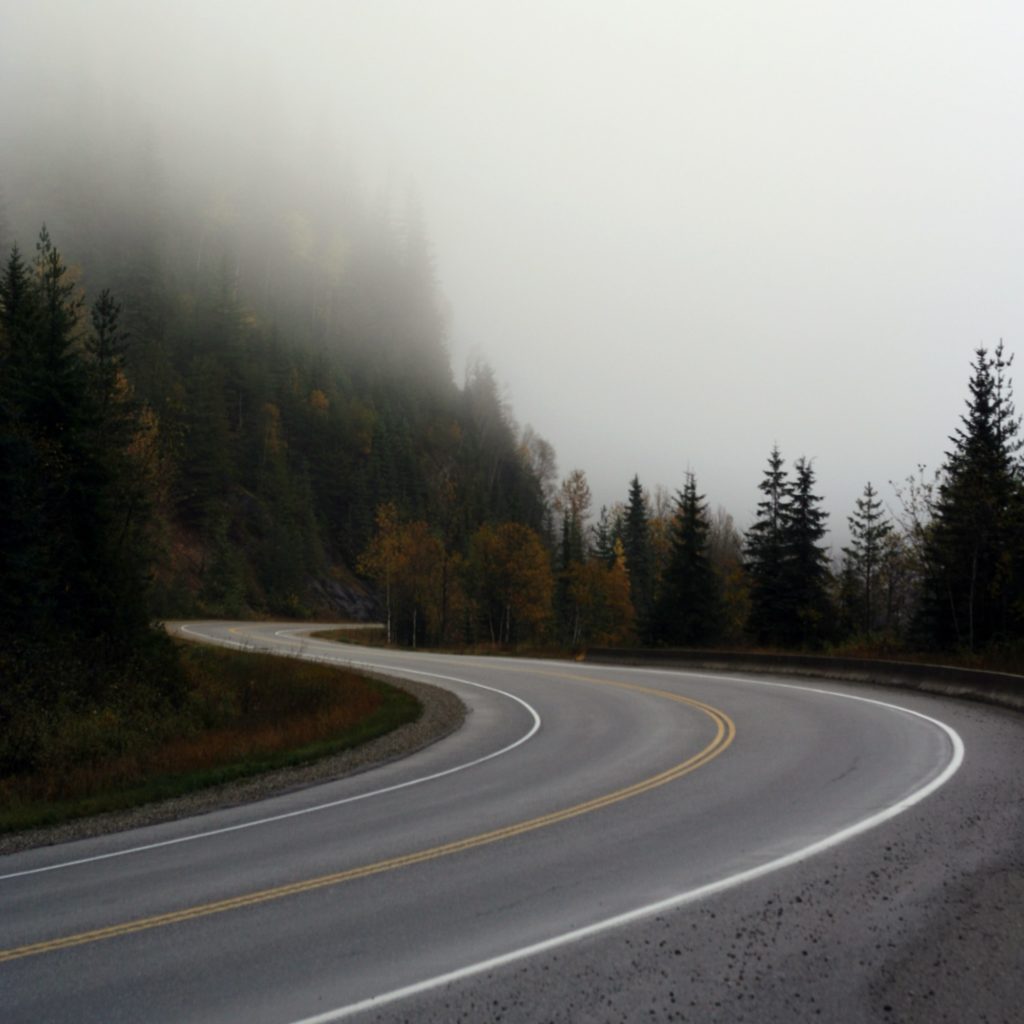
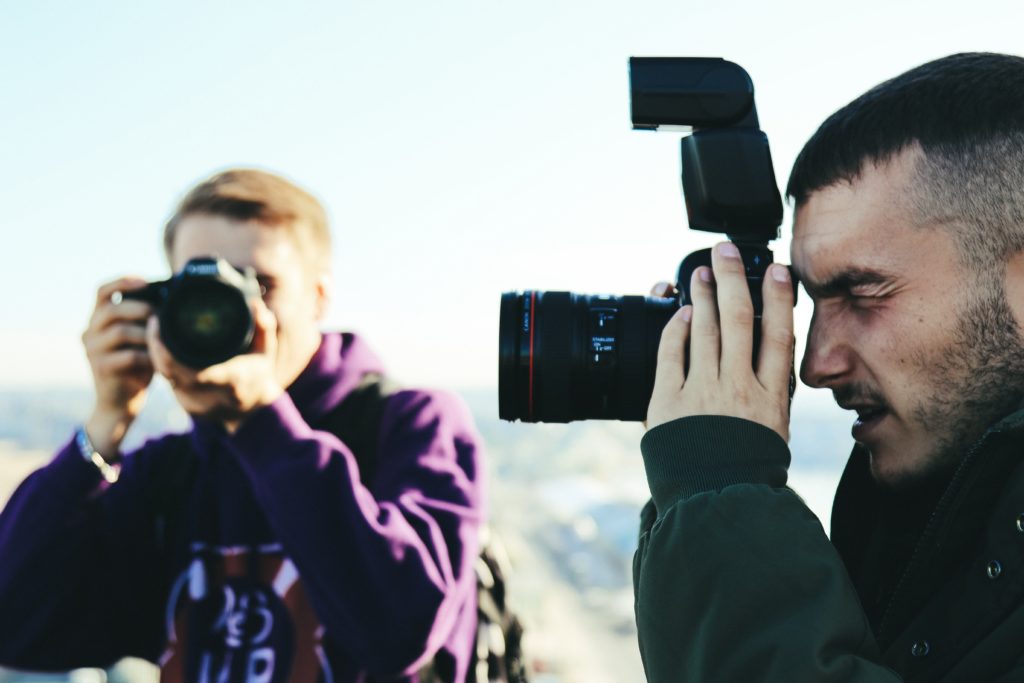
10 Comments
Thank you for this good article.
Thank you Bernhard 🙂
I didn’t agree with all the author’s choices of examples, but scratched them up to artists prerogative. Great article, got it bookmarked.
Thank you David 🙂
As an amateur photographer who still struggles to make my photographs interesting I thought this article on the effectiveness of the right background was brilliant. I loved the examples and the explanations – all of which were relevant and told a clear story. Thank you.
Thank you Gerald. Hope you shoot some great images with brilliant backgrounds 🙂
What a great & informative article. The example photographs truly brought it all together. Lots of wonderful suggestions to consider.
Thanks!
Emilie
Thank you Emilie and glad that you found them useful 🙂
Another thoroughly enjoyable article.
Thanks!
Glad that you found it interesting Jacques 🙂